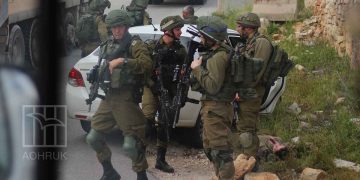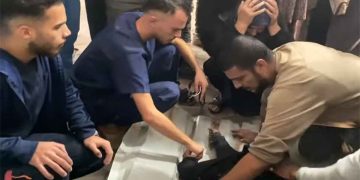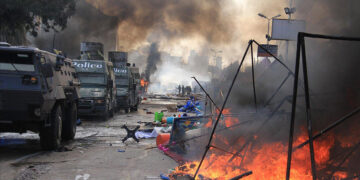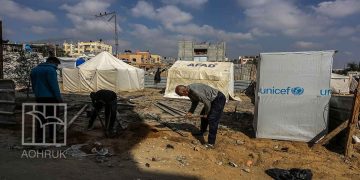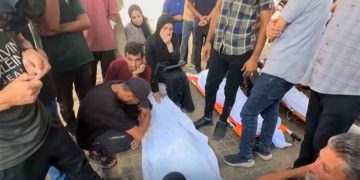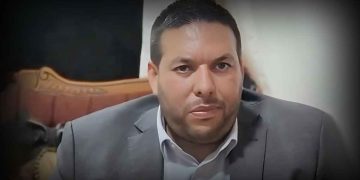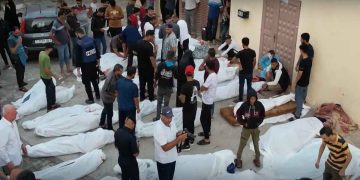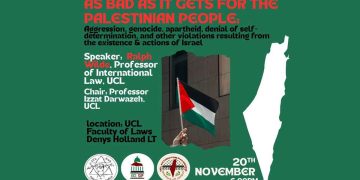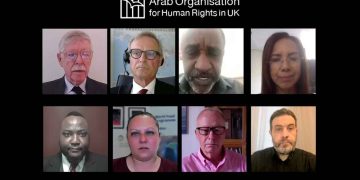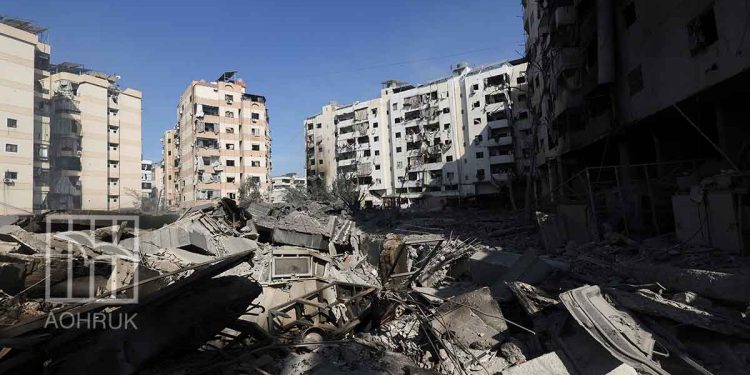At least 13 people were killed on Tuesday evening following an Israeli airstrike on the Ain al-Hilweh refugee camp in the southern Lebanese city of Sidon. The attack has once again highlighted the fragile humanitarian conditions within the camps and the ongoing dangers faced by civilians in densely populated areas.
According to Lebanon’s Ministry of Health, the strike resulted in 13 fatalities and an unspecified number of injuries. Victims were transported to overwhelmed local hospitals, with urgent appeals for blood donations issued, underscoring the scale of human loss.
Lebanon’s National News Agency reported that three missiles targeted a facility affiliated with the Khalid Ibn al-Walid Mosque inside the camp. The building partially collapsed, killing and injuring dozens, including women and children.
Ain al-Hilweh is one of the most densely populated residential areas in Lebanon, home to tens of thousands of people in a very confined space. Any aerial strike in such conditions poses extreme danger to civilians.
Initial footage of the destruction suggests the use of heavy firepower in a zone characterised by concentrated housing and proximity to civilian infrastructure, raising serious concerns about the principle of proportionality, which requires avoiding attacks that cause excessive civilian harm relative to the presumed military objective.
The attack is part of a series of daily violations of the ceasefire agreement signed on 27 November 2024. Although the agreement was intended to end the large-scale hostilities that began in October 2023—later escalating into full war by September 2024—air and artillery attacks have continued, causing further casualties.
The occupation’s continued presence on five Lebanese hills in the south, alongside territories it has held for decades, signals an ongoing security crisis that places civilians at risk in the absence of effective mechanisms to uphold the ceasefire.
This latest assault recalls the October 2024 Israeli strike on Ain al-Hilweh, which killed six people, half of them children. That attack was the first direct targeting of the camp since the start of the southern border clashes.
The increasing frequency of such strikes raises fears that Palestinian camps are becoming unprotected zones where military actions are carried out with little regard for civilian safety or the high population density—making them potential sites for future atrocities.
With ongoing bombardment and already dire living conditions inside the camp, residents are facing mounting challenges in accessing medical and humanitarian services. Hospitals in Sidon have been operating under extreme pressure for months due to the high number of casualties.
Local aid workers warn that any further escalation could worsen an already severe humanitarian crisis, placing tens of thousands of civilians at immediate risk amid a lack of effective protection or clear adherence to international humanitarian law.
This bombing marks yet another disturbing episode in a pattern of attacks that seriously jeopardises civilian protection and undermines existing agreements. Once again, Palestinian refugee camps appear to be paying the highest price.

